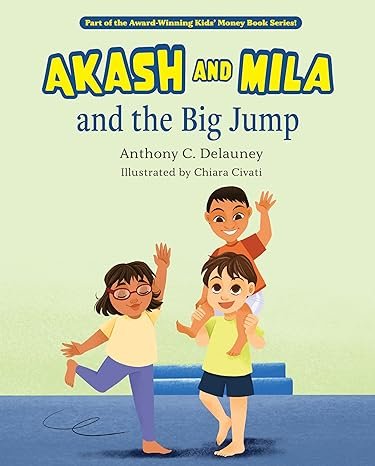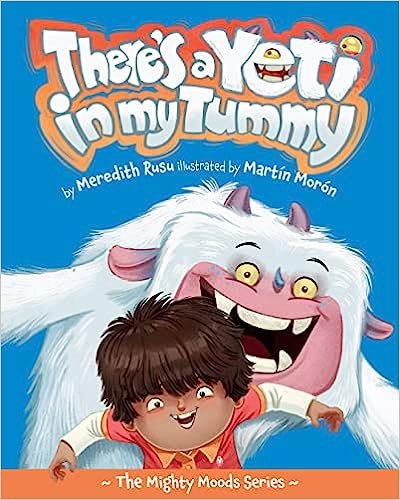Review: How To Breathe Underwater by Julie Orringer
/Summary
How to Breathe Underwater, by Julie Orringer, is composed of nine stories, all dealing with youth in its varying forms. In “The Isabel Fish”, Maddy grapples with the misplaced grief and blame of her brother, and her paralyzing fear of water after a terrible car crash in a lake. In “Note to Sixth-Grade Self”, you’re reminded of the chilling cruelty that young girls are capable of—specifically, their elaborate social castes and lack of empathy for the “outcast”. In “What We Save” young Helena is forced to spend the day with her mother’s old prom date and his seemingly perfect (and tan) family at Disney World, where she watches her cancer-stricken mother struggle in the heat of Florida, and the heat of memory. Each story is told in a wise, but youthful voice—narrators with old souls, stuck in a child’s body, commenting, with veracity, on the day-to-day pitfalls of life.
Review
Julie Orringer knows a child’s mind like the back of her own hand. But these are extraordinary youth, mixed in with a few young adults still caught up in their pasts. Her writing is white-hot in its directness, but emotive, tinged by a vague sadness for these nine situations. Take for example these lines from the story, “When She Is Old and I Am Famous,” when the protagonist compares her own body with her beautiful cousin’s: “Isn’t it funny, how I’ve learned to say it? I am fat. I am not skin or muscle or gristle or bone. What I am, the part of my body that I most am, is fat. Continuous, white, lighter that water, a source of energy. No one can hold all of me at once.” She manages to capture the grim humor in this statement, and her character doesn’t come across as self-pitying but as merely candid. This is true for the rest of her eight stories: the situations vary, but her protagonists’ tight grasps on the reality of situations—despite their external actions—is astounding and refreshing.
There are a few themes that I was able to discern while reading this collection. Orringer is interested in body image—specifically, the young girl/woman’s version of it. This, of course, makes complete sense because there is no time more awkward and painful than this. The intricacies of body image, for a young woman, are boundless and charged with emotion. Secondly, the idea of religion is present throughout the collection. Several protagonists are identified as Jewish—mostly lapsed in their synagogue-going ways. In “The Smoothest Way Is Full of Stones”, a young girl is sent to live with her extremely religious aunt and uncle and cousins. Throughout the story, her cousin, who is supposed to be the newly minted religious advocate, slowly slips from her faith, when tempted by an “unholy” book that contains sexual content. Our protagonist, however, becomes more and more enamored by the Jewish faith—it’s many rules and disciplines and sense of safety it inspires in her. The juxtaposition of an outsider slipping in, and the insider falling away, is incredible and thought provoking.
Every one of these stories is worth a slow, scrutinizing read. There is so much wisdom packed between the lines, and so much beauty, used sparingly and effectively, which makes it all the more worth while. I believe these stories will especially speak to women: those who are either still caught up in youth, or wanting to remember that fresh, excruciating bloom, which is both terrible and great.
Reviewed by M.B. Sellers
Book Information
Publisher: Knopf Doubleday Publishing Group
Publication date: 4/12/2005
Series: Vintage Contemporaries Series
Pages: 240















